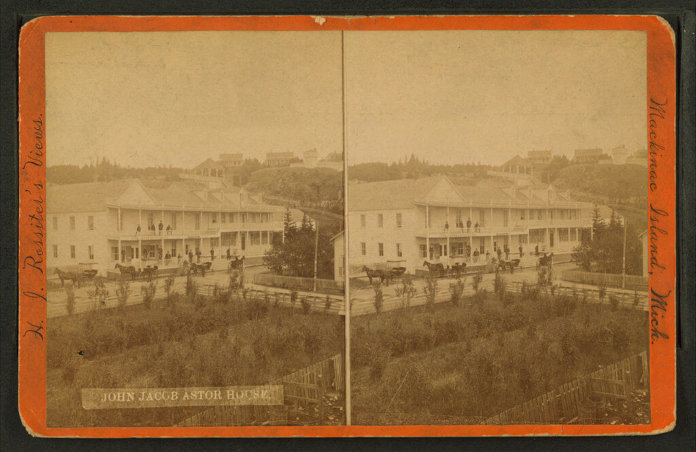
It was an image so rich in irony that it was almost poetic. Some of the last heirs of the legendary Astor family living in the family’s nearly 200-year-old New York Rokeby mansion in abject squalor. The once proud symbol of a family that practically invented corporate America was now a dilapidated flophouse, sheltering poverty-stricken Astor descendants relegated to bartering for food with nearby residents to survive.
“I lived a double life,” Astor family descendant Alexandra Aldrich admitted in her 2013 memoir. “Our poverty was the big secret.”
An unquestionably sad ending to a family business dynasty that was once referred to as ‘The Landlords of New York’. But an inevitable one after a tragic pattern of hubris, greed, and disloyalty that turned son against father, mother against son.
The Birth of an American Empire
John Jacob Astor was born in Waldorf in what is now Germany in 1763. Two decades later he would immigrate to New York at the end of the Revolutionary War in search of a better life. On his voyage overseas, he would strike up a conversation with a fur trader. This casual conversation proved to be enough to spark his interest in the fur trade which became the cornerstone of a legendary family business empire.
After establishing his own fur goods shop in New York, the savvy businessman saw an opportunity when the Jay Treaty opened up trading markets with British North America. This enabled him to earn nearly a quarter of a million dollars by the beginning of the 19th century. When his trading outposts were taken by British forces during the War of 1812, Astor dabbled in the illegal opium trade, which gave him the claim to fame of being America’s first multi-millionaire.
The Landlords of New York
Eventually, Astor would withdraw from the fur trade and focus solely on real estate development in the rapidly growing island of Manhattan. According to a history.com profile on the Astor family, one act of forethought by the family patriarch solidified their future reign over New York.
“In 1834, he created what’s believed to be America’s first family trust, consisting of 125 parcels of valuable real estate covering much of the west side of midtown Manhattan. The Astors’ control of such a large portion of Manhattan real estate led to the coining of one of the family’s nicknames–the landlords of New York.”
When the trust was dissolved in 1919, more than 125 parcels of land were distributed amongst the Astor family. At the time of his death in 1848, Astor was believed to be worth just over $20 million.
The Next Generation Grows the Family Legacy
John’s son William inherited the majority of the family fortune and William picked up where his father left off. He doggedly acquired land and built houses south of Central Park and by 1867, he was the owner of more than 700 houses in the area. One notable house he constructed was the family’s Rokeby Mansion. By the time of his death, he left an estate valued at nearly $50 million.
The ensuing generations sought to spread the Astor name beyond New York to other parts of the nation. There are towns, buildings, and parks that bear a version of the Astor name from coast to coast. The Astor family was key in forming the first trading operation in the Oregon territory on the Pacific Coast. By the third generation, the Astor family was undeniably American business royalty.
All Good Things Come to an End
As wealthy and powerful as the Astors were, they were not immune from the pattern of behavior that often infests the fifth and sixth generations of a family business dynasty. By that point, the family had acquired so much wealth that no surviving member inherited the work ethic that went into acquiring it in the first place, and soon got caught up in their own celebrity and the perks of their famous name.
Perhaps nowhere was this more evident than in the sad case of Brooke Astor and her son Anthony. Anthony went through a painfully public trial for charges that he defrauded his late mother in an attempt to secure more money for his wife Charlene. Brooke was suffering from Alzheimer’s and her son was accused of fraudulently taking advantage of her condition. Throughout the trial, much of the family’s dirty laundry, specifically Brooke’s extreme dislike for her daughter-in-law, became public. Anthony would ultimately be convicted and serve two months in the Fishkill Correctional Facility before being released on the grounds he was too ill to serve the remainder of his time.
In the end, Anthony Astor’s fate goes hand in glove with Alexandra Aldrich’s. She stood as a living testament to the family’s lost fortune while he stood as a reminder of the end of Astor good name. Despite the family downfall, their place in American business history continues to endure.









